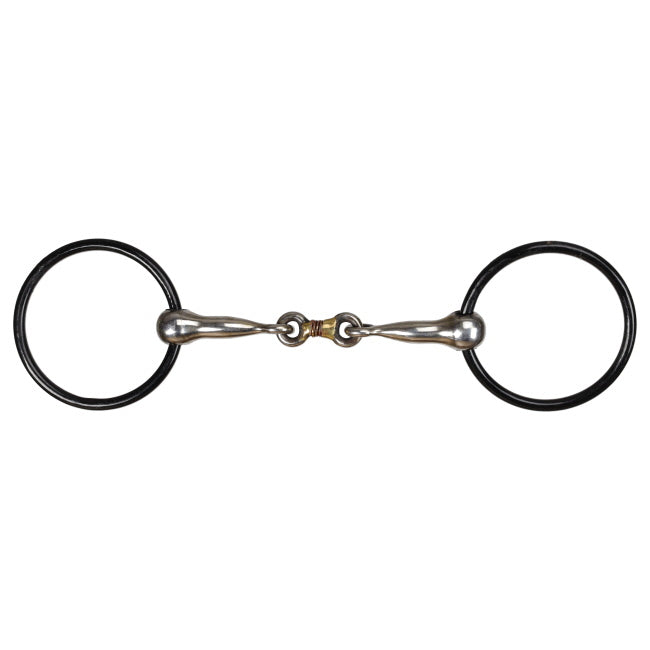A longstanding debate exists about whether horses should go barefoot or wear shoes. This topic sparks conversations among owners, trainers, and farriers. Each horse has unique needs, and deciding to go barefoot depends on several factors. These include the horse's environment, the amount of work it does, and the overall health of its hooves.
We will cover the history of barefoot horses, key factors to consider, and when to consult your farrier about transitioning.
The Case for Barefoot Horses

Wild horses naturally go barefoot and develop hard, resilient hooves. However, domestic horses often experience heavier workloads and varied footing. They also have less space to roam, which can affect their hoof health and performance. Studies show that, with proper care, barefoot horses can develop stronger, healthier hooves. Going barefoot allows the hoof to maintain its natural shape, which improves circulation. This also reduces the risk of conditions like contracted heels or navicular syndrome.
It’s important to remember that transitioning to a barefoot lifestyle can take time. Horses that have worn shoes for many years may need a gradual adjustment period to allow their hooves to strengthen.
Pros of Going Barefoot
- Going barefoot can promote better hoof health by allowing the hoof to expand and contract naturally. This helps with blood circulation and shock absorption. A barefoot hoof is more likely to have a strong, balanced sole, healthy frog, and thick walls, which help prevent cracks and other issues.
- Without the need for shoes, farrier visits for barefoot trimming are generally less expensive than shoeing. The maintenance required for barefoot horses tends to be simpler, which can be a huge financial relief.
- Barefoot horses have a better grip on natural terrains, as their hooves are designed to adapt to uneven ground. This can help prevent slipping and stumbling, especially in rough areas where shoes might not provide good grip.
- Horses with shoes can pull a shoe and injure themselves, especially if the shoe becomes loose or is poorly fitted. Barefoot horses don’t have this concern, and owners won’t need to worry about lost shoes.
Cons of Going Barefoot
- Horses that have been shod for a long time may go through a period of discomfort as their hooves adjust to being barefoot. Sore hooves are common, especially if the horse has softer soles or lives in rocky or uneven areas.
- Going barefoot is not suitable for all horses. Horses with compromised hoof health, like those with thin soles or laminitis, may require the extra protection and support that shoes provide.
- Horses that perform on hard surfaces or engage in high-impact activities like jumping or eventing may need shoes for added protection. Without shoes, some horses may experience increased wear on their hooves, leading to discomfort or injury.
- If your horse lives in a wet or icy climate, going barefoot can present challenges. Studs or special shoes can provide extra grip to help prevent slipping on slippery surfaces, especially in the winter.
When Should You Consider Going Barefoot?
When deciding whether to transition your horse to going barefoot, you must carefully consider your horse's individual needs. Horses with healthy hooves and light work on soft ground usually adapt well. Consulting with your farrier is key, as they can evaluate your horse’s hoof health, recommend a trimming schedule, and monitor progress.
The decision to go barefoot is not one-size-fits-all. While it can improve hoof health and reduce costs, the transition can be challenging. Remember to consult with your farrier and maintain regular hoof care to make the best decision for your horse's well-being!







